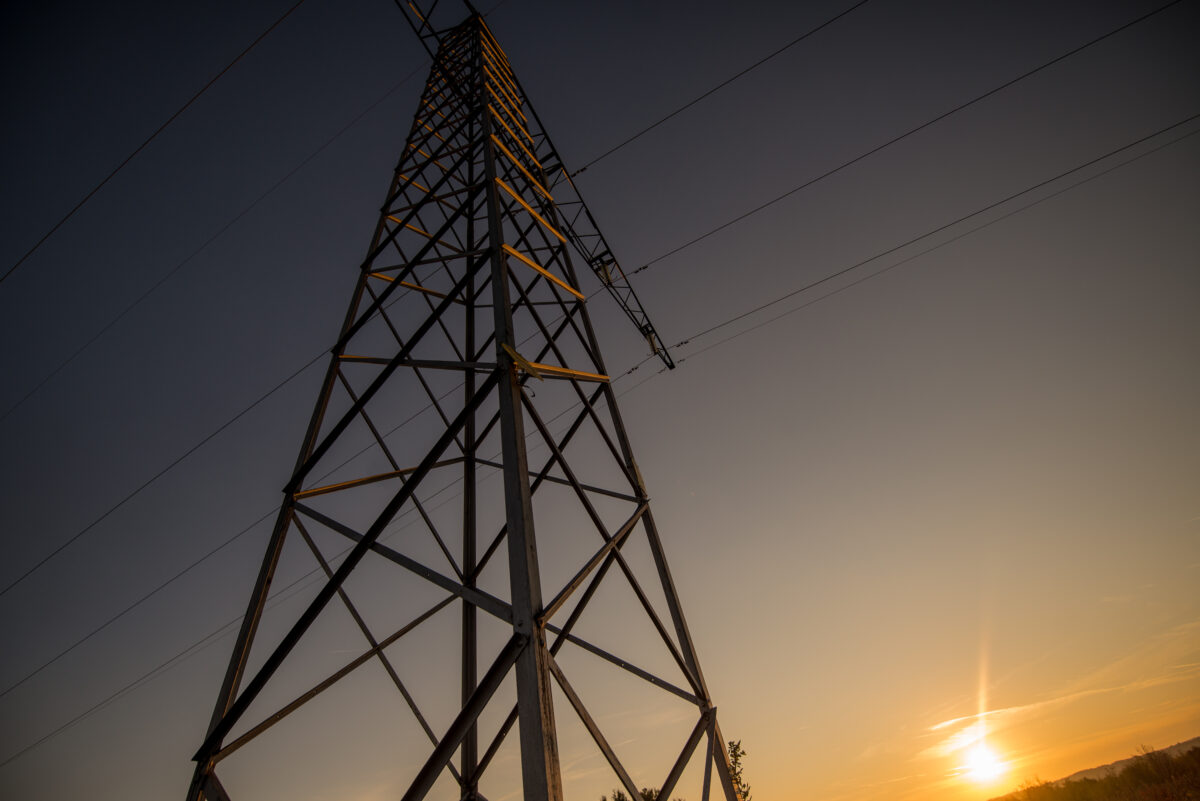Australian clean energy investor Pollination has revealed that it will build a 900 MW solar farm as part of the proposed AUD 3 billion ($2.05 billion) East Kimberley Clean Energy Project. It says the installation will be Australia’s first 100% renewable energy hydrogen and ammonia production hub.
The project, which is being developed near the town of Kununurra, is expected to commence operations in 2028. It will target 50,000 tons of green hydrogen and 250,000 tons of green ammonia per annum for domestic and export markets.
The East Kimberley Clean Energy Project will be planned, created and managed by the Aboriginal Clean Energy (ACE) partnership, a new company in which equal shares are held by the traditional owners of the land where the project is to be built.
MG Corp., representing the Miriuwung and Gajerron people, and Balanggarra Aboriginal Corp. will each own a 25% stake in the ACE, as will the Kimberley Land Council and Pollination. Rob Grant, head of projects at Pollination, said the “first-of-its-kind partnership” provides a model for infrastructure projects in Australia that will ensure traditional owners benefit from the scale and pace of the transition to renewable energy.
“This project represents a just, ambitious and achievable vision for Australia’s clean energy future,” he said. “It leverages natural advantages and existing energy and port infrastructure already in place in the East Kimberley region to create a major new clean energy export hub that will help Australia and our region decarbonise, grow new industries and ensure transitional owners and local residents are shareholders, not just stakeholders, in the benefits.”
Grant said the involvement of the traditional owner groups directly in the project also offers attractive prospects to investors by mitigating risks associated with land use agreements and approvals.

The first stage of the project will involve building a 900 MW solar farm – more than double the size of the country’s biggest so far built – and a 50,000 tons per year green hydrogen plant on MG Corp. freehold land near Kununurra.
The resulting solar energy will be combined with fresh water from Lake Kununurra and hydro energy from the existing Ord Hydro Power Plant at Lake Argyle to produce green hydrogen that will then be transported through a new pipeline to the “export ready” port of Wyndham. There it will be converted into green ammonia. About 250,000 tons of green ammonia will be produced every year for both domestic and export markets in the fertilizers and explosives sectors.
While the project’s feasibility and funding are still pending, construction is expected to begin in late 2025, with hydrogen production starting by late 2028. Grant said scoping studies have already been completed to define the project concept, and feasibility studies will now commence, including 12 months of environmental, engineering and approvals work.
This content is protected by copyright and may not be reused. If you want to cooperate with us and would like to reuse some of our content, please contact: editors@pv-magazine.com.




By submitting this form you agree to pv magazine using your data for the purposes of publishing your comment.
Your personal data will only be disclosed or otherwise transmitted to third parties for the purposes of spam filtering or if this is necessary for technical maintenance of the website. Any other transfer to third parties will not take place unless this is justified on the basis of applicable data protection regulations or if pv magazine is legally obliged to do so.
You may revoke this consent at any time with effect for the future, in which case your personal data will be deleted immediately. Otherwise, your data will be deleted if pv magazine has processed your request or the purpose of data storage is fulfilled.
Further information on data privacy can be found in our Data Protection Policy.